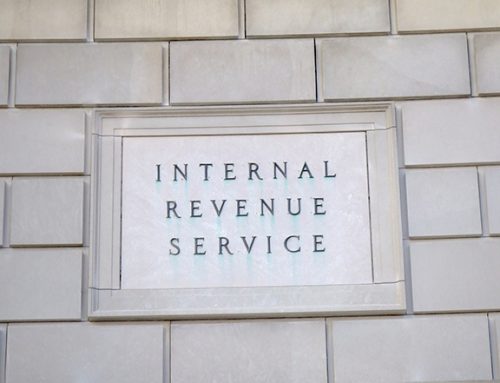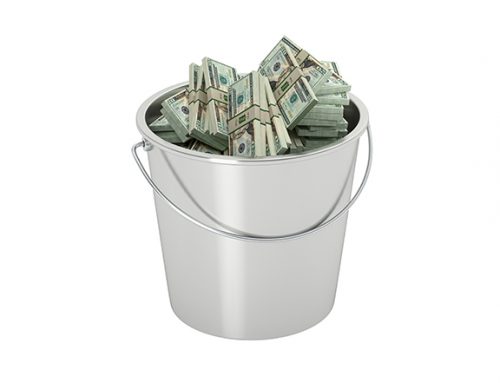By Ryan Hanlon
If you are ready to start your first reinsurance company or determined to find a higher-performing program, you are not alone. RV dealers nationwide are working with providers to claim their fair share of the underwriting profits their businesses generate.
Last week, we discussed the direct third-party administrator model, which can be a great fit for an RV dealer who wants to be in the reinsurance game but may have limited F&I production or is just getting familiar with the concept.
Today, let’s explore the reinsured third-party administrator model, how it works and whether it’s the right choice for you.
My Company, My Rules
Opting for the reinsured third-party administrator model means you own your reinsurance company outright. Unlike with the direct model, there is an upfront cost to cover the company’s formation, typically in the $4,000 to $6,000 range.
Your provider will handle the formation and administration of your reinsurance company and work with you to manage the risk and maximize your returns. That could entail customization of rates and coverages, “bucketing” claims and overriding denials to take care of your best customers. These tools are not available to RV dealers on direct programs because the contracts they sell are grouped with contracts sold by other dealers.
Reinsured third-party administrator programs also should include:
- Cession reports to keep you informed on your reinsurance company’s performance.
- F&I training to maximize your product sales and profit per vehicle retailed.
- Tieback provisions to ensure your customers return to you for service.
- Net/net remittance to maximize your cash flow.
The other principal benefit of true ownership is the enhanced earnings potential. It’s your reinsurance company and your money, so you get to decide — within guidelines established by your provider — how to invest it and when to take dividends and loans from earned (and, in some cases, unearned) premiums.
Better yet, your earnings are taxed as capital gains, at a far lower rate than regular income.
Going Retro
I should mention that, in between the direct and reinsured models, there is an alternative: Retrospective (a.k.a. “retro” or “walkaway”) plans give you a portion of the underwriting profit in exchange for taking on some portion of the risk. Unlike with a direct program, your contracts will not be grouped with those sold by other RV dealers.
Depending on the provider and the dealer, a retro will likely perform better than a direct program but not nearly as well as a reinsured program. Retros typically generate a smaller payout, taxed at regular income tax rates. This is one case where a double negative does not make a positive — but it still has a higher net yield to the owner.
Which model is right for you? Whichever fits you, your business and your financial goals best. If you aren’t ready for a reinsured program, direct programs and retros will give you some skin in the game with minimal risk.
There is no better time to start than now. If you would like to have a quiet, confidential conversation about your business or reinsurance goals, or you just want a second opinion on what you’re doing now, feel free to reach out and schedule a call.
Ryan Hanlon is a managing director for Portfolio, a leading provider of reinsurance and F&I programs for RV dealers, and a 16-year industry veteran. For more information or to schedule a confidential consultation with a Portfolio reinsurance expert, email inquiry@portfolioco.com today.










